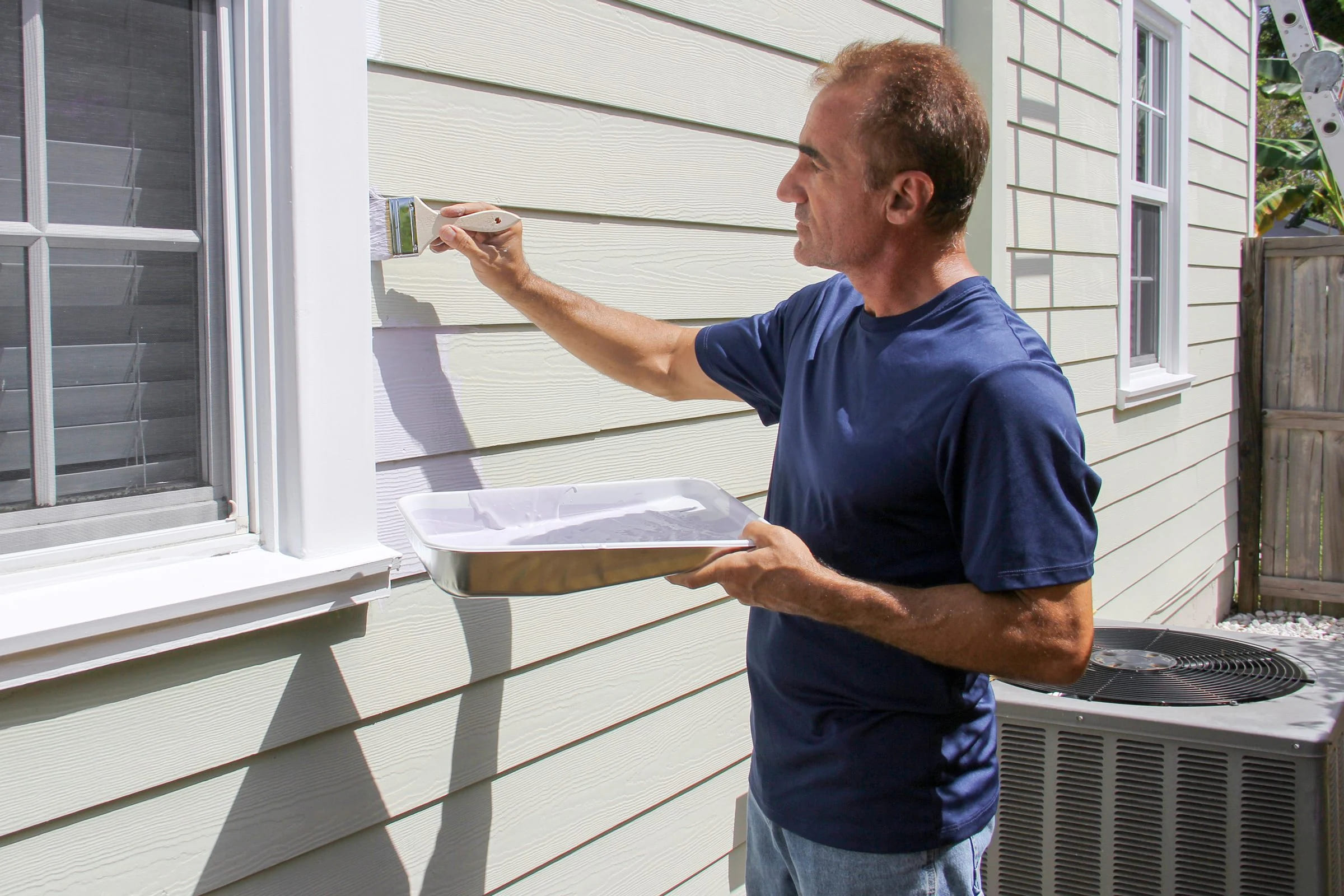Aluminum Siding: A Comprehensive Analysis and Application Guide
Aluminum siding has been a popular building material for decades and has been a staple in the market. It stands out from other siding materials such as vinyl, wood, and fiber cement, and is loved by homeowners, contractors, and architects. This blog aims to explore in depth all aspects of aluminum siding, its main features, benefits, and applications.
Basic Introduction
Aluminum siding is a protective and decorative covering material used on the exterior of buildings. The aluminum used is usually a high-grade alloy, which gives the siding a strong ability to withstand various weather conditions, whether it is hot and cold, rain or snow. Moreover, aluminum exterior wall panels are easy to process and can be flexibly adjusted according to the requirements of specific building structures, making them a highly adaptable building solution.
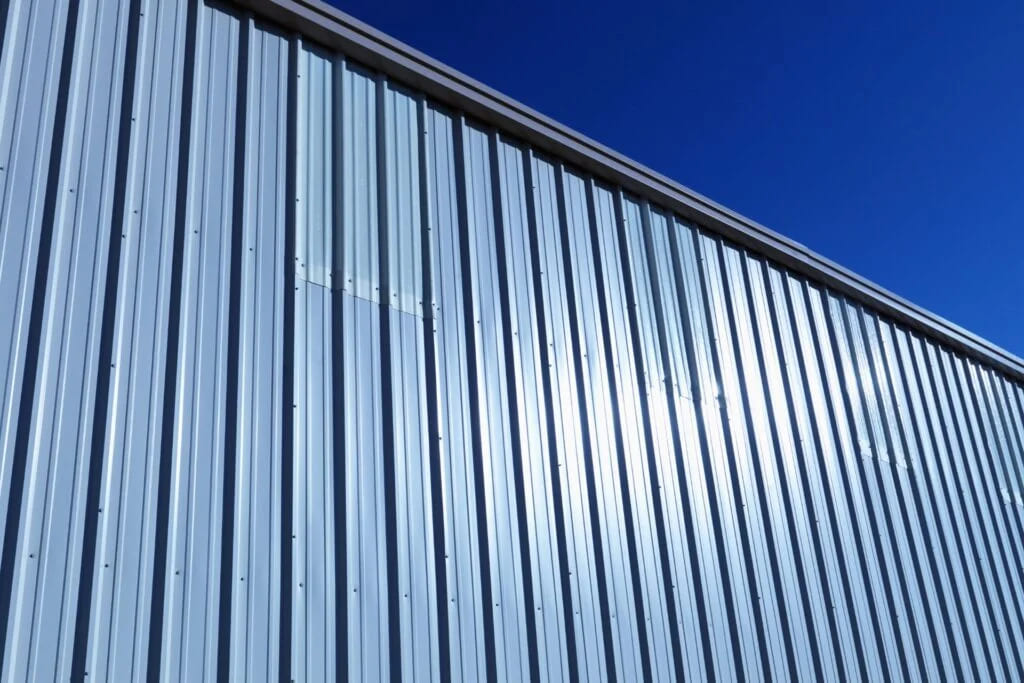
Types of aluminum siding
(i) Smooth aluminum siding
It has a simple and bright appearance, which can enhance the modern architectural style and is an ideal choice for modern buildings.
(ii) Textured aluminum siding
This type of siding is designed to mimic the appearance of traditional materials such as wood and stone. While presenting the beauty of natural materials, it avoids the maintenance troubles associated with traditional materials.
(iii) Insulated aluminum siding
With an additional insulation layer, it can effectively enhance thermal efficiency and help improve the energy-saving performance of the building.
(iv) Vertical and horizontal aluminum siding
You can choose to install it vertically or horizontally according to the desired architectural appearance to meet a variety of design needs.
Advantages of aluminum siding
(1) Durability
Known for its high durability, it can withstand various environmental factors such as precipitation, ultraviolet rays, and extreme temperatures. It can also resist the erosion of insects and pests, providing long-term and reliable protection for buildings.
(2) Low maintenance
There is little maintenance required other than occasional cleaning to remove dirt and dust. It will not suffer from problems such as rotting, bending or cracking, greatly saving maintenance costs and effort.
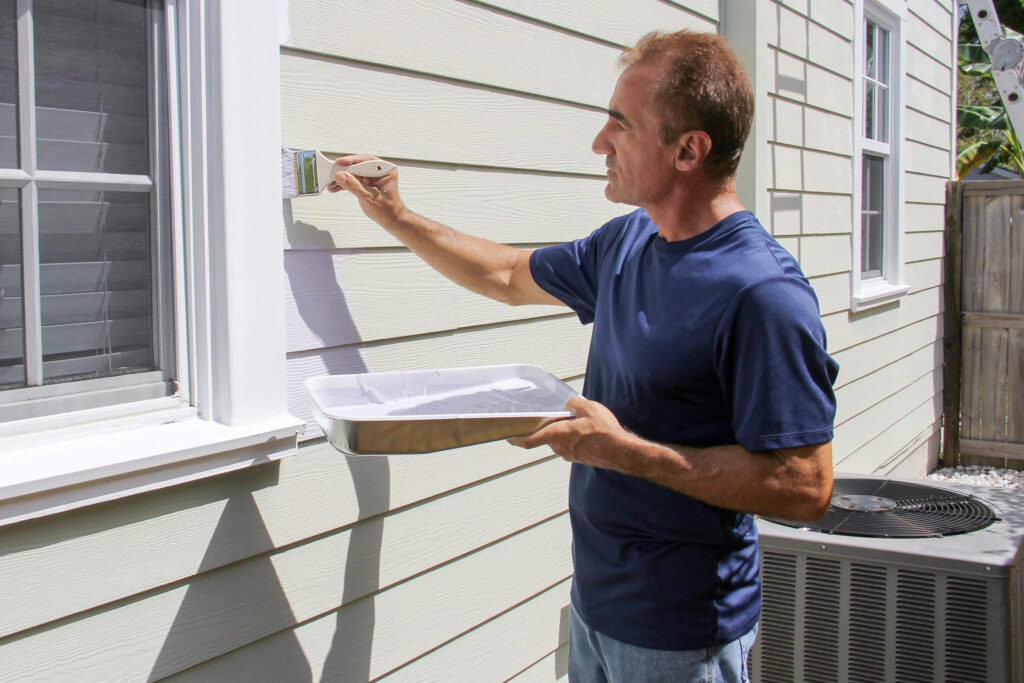
(3) Cost-effectiveness
Compared with similar products such as wood or fiber cement, the price is usually more advantageous. And its durability and low maintenance requirements make it an affordable building material choice in the long run.
(4) Multiple design options
Available in a variety of designs, colors, and textures, homeowners can choose the right style based on their home’s architectural aesthetic. Some aluminum siding can mimic the look of wood, providing the beauty of wood siding without the maintenance worries.
(5) High energy efficiency
It is an excellent thermal insulation material, helping to keep the house warm in winter and cool in summer, which can significantly save energy costs.
Disadvantages of aluminum siding
(i) Noise and dent issues
Siding can be noisy in windy or rainy weather, causing problems for some homeowners. It is also prone to denting, and heavy objects or hail can leave unsightly dents that are difficult to repair.
(ii) Fading issues
Despite its rust-resistant properties, aluminum siding is prone to fading over time, especially in direct sunlight, and may require frequent repainting to maintain its appearance.
(iii) High installation costs
Compared to other siding materials such as vinyl, the upfront cost is usually higher, and professional installation is recommended, which will increase the overall cost.
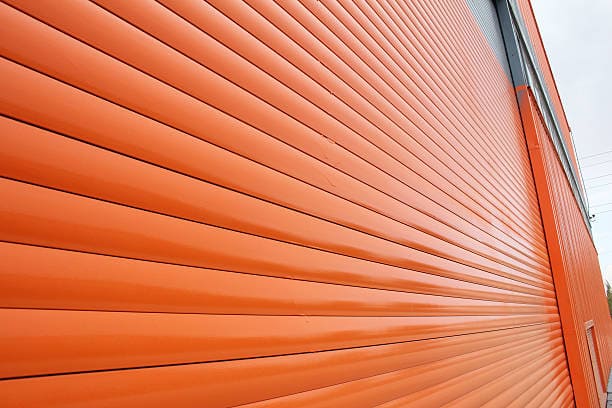
(iv) Environmental issues
Although aluminum is recyclable, the extraction and manufacturing process of aluminum siding is energy-intensive and may cause environmental pollution. And if it is not recycled at the end of its service life, it will increase the amount of landfill.
Applications of aluminum siding
(i) Residential buildings
Due to its high cost-effectiveness, low maintenance cost, and easy customization of color and texture, it has become a popular choice for residential construction, which can meet the requirements of different homeowners for house appearance and economy.
(ii) Commercial buildings
Aluminum siding is highly efficient, versatile, can withstand harsh weather conditions and has a stylish appearance. It is very suitable for commercial buildings and can enhance the overall image of commercial places.
(iii) Industrial buildings
For industrial buildings, aluminum siding is durable, can withstand frequent use and harsh environments, and has extremely low maintenance requirements, making it an ideal exterior wall material.
Frequently Asked Questions about Aluminum Siding
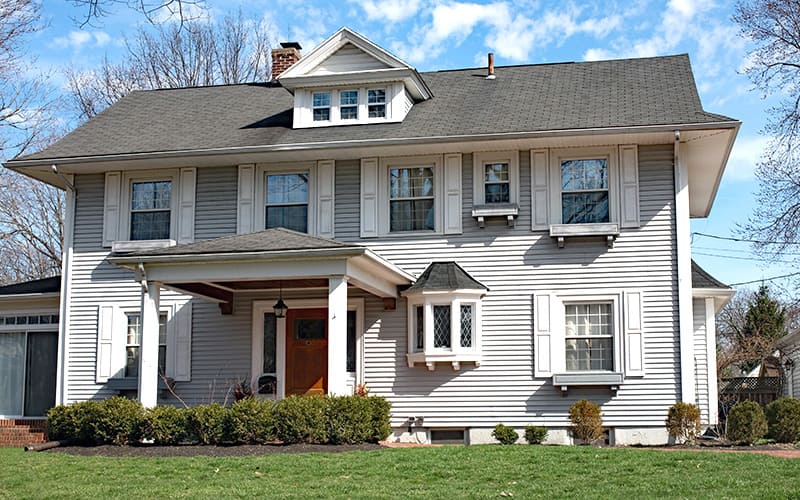
(i) Why Choose Aluminum Siding?
It is a practical choice for homeowners, durable, low maintenance, and available in a variety of styles and colors. It can resist harsh weather and pests, and is also an environmentally friendly recyclable material.
(ii) How long does it last?
On average, it can last 20 to 50 years or even longer, depending on maintenance. In areas with better climate conditions, the service life may be longer.
(iii) How to Clean and Maintain?
Maintenance is simple. It can be cleaned with a pressure washer or a hose with a nozzle, and dishwashing liquid and water to remove dust, dirt and mold. Regular painting and repairing dents can extend the service life.
(iv) Can aluminum siding be painted?
Yes. It is recommended to repaint regularly to maintain the appearance and extend the service life. Before painting, make sure the siding is clean and use a paint suitable for exterior aluminum siding.
(v) How much does it cost to install?
The installation cost varies depending on the size of the house, the style of the siding and the location. It usually ranges from $3 to $7 per square foot. It is recommended to get quotes from several contractors.
(vi)Can it be installed over existing siding?
Generally, yes, but the existing siding needs to be intact and free of moisture damage, rot, and other issues. It is recommended that a professional inspect the house before installation.
(vii)Is aluminum siding fireproof?
Aluminum siding is highly fireproof. Aluminum itself will not catch fire, but it will melt at extremely high temperatures, making it suitable for homeowners in areas prone to wildfires or who want to increase the protection of their homes.
(viii)Color options?
The color options are rich and almost unlimited. Light colors can reflect sunlight to help keep the house cool, while dark colors can absorb heat in cold climates.
(ix)Variety of styles?
Aluminum siding comes in many styles, including vertical and horizontal panels, traditional lap joints, Dutch lap joints, beaded joints, etc., to meet various architectural aesthetic needs.
Conclusion
Aluminum siding has many advantages that make it a great choice for homeowners to decorate their homes. It is durable, low-maintenance, and adaptable to a variety of architectural designs. Whether you are looking for a new look for your home, a modern feel, or to improve energy efficiency and durability, aluminum siding is a good choice.
